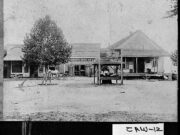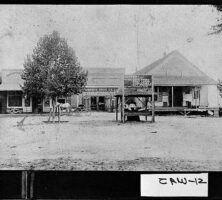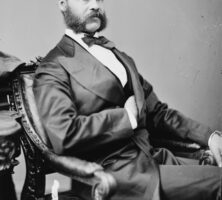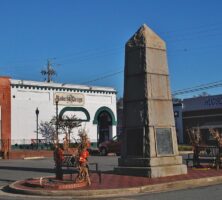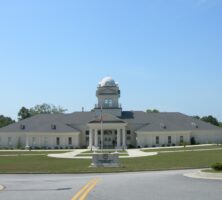Crawford County, in west central Georgia, is Georgia’s fifty-seventh county.
The 325-square-mile county was created on December 9, 1822, from Houston County, which had been formed from land given up by the Creek Indians in the 1821 Treaty of Indian Springs. The county is named for statesman William Harris Crawford, who had served as a U.S. senator, minister to France, and secretary of the treasury.
The first white settlers in the area were Indian agent Benjamin Hawkins and his family. Arriving in 1803, they built a five-square-mile compound on the Flint River. The compound included a shop and plantation, which became known as the Creek Agency Reserve. Although Hawkins was well liked by the Creeks, he believed, as did many white men of his time, that the Indians should embrace a European-American way of life. His efforts to persuade the Creeks, however, were largely unsuccessful. Hawkins died at the reserve in 1816.
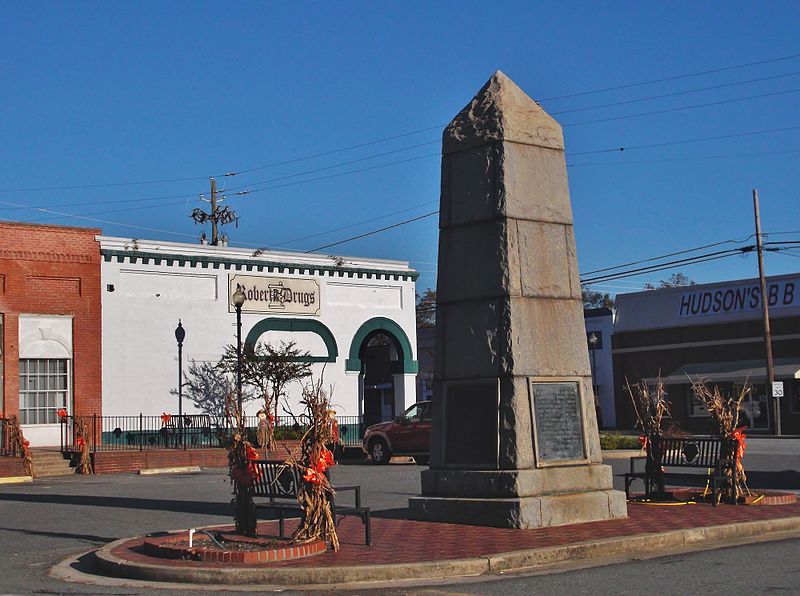
Knoxville was established on the Federal Road, the main stagecoach and telegraph route from Washington, D.C., to New Orleans, making the town a natural choice for county seat. Although the chief center of population is now Roberta, a mile to its west, Knoxville (no longer an incorporated city) retains its designation as the county seat. The current courthouse, built there in 2002, replaced one built in 1851, which still stands.
Roberta, originally called New Knoxville, is the only incorporated city in the county. It was incorporated on December 26, 1890. Roberta started out in 1886 as a railroad office and warehouse at the Southern Railroad Company’s “89 Fort Valley” milepost. Two years later, after a freight depot and passenger station were completed at the site, people began to settle in the immediate area. Townspeople gave the honor of naming the new town to Hiram McCrary, who had given the railroad the rights to come through his land. McCrary chose to call it Roberta in honor of his young daughter. Most of the inhabitants of Knoxville, a mile away, moved to Roberta when the railroad arrived. For years, while passenger train service was an important mode of transportation, Roberta served as a thriving tourist stop on the route to Florida. After passenger train service gave way to the private automobile, the city relaxed into a quiet residential town. Other communities in the county are Gaillard, Horns, Lee Pope, Musella, and Zenith.
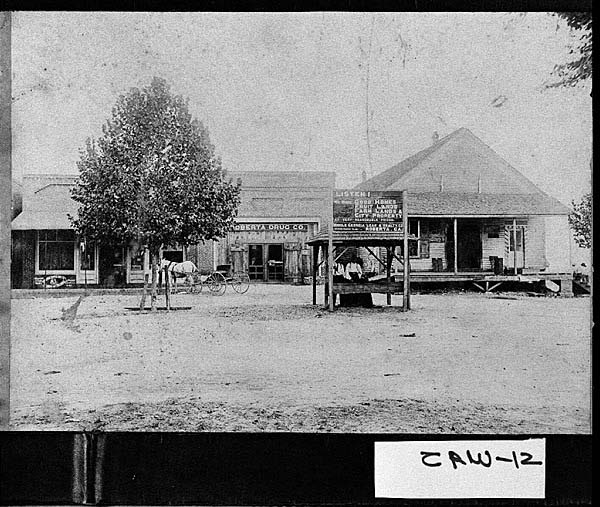
During the county’s early days, settlers relied first on agriculture and then on cattle ranching, timber harvesting, and sand extraction as economic mainstays. Agriculture continues to be important, as are manufacturing and health and social services. Many residents also work in neighboring areas, especially Bibb County.
Well-known figures from Crawford County include Jefferson Franklin Long, Georgia’s first African American congressional representative and the first African American to speak from the floor of the U.S. House of Representatives. Long, of mixed African and Caucasian ancestry, was born enslaved in Knoxville. As a freedman after the Civil War (1861-65), he became a tailor, but an avid interest in equal rights led him to politics. He was elected to Congress in December 1870 and served until March 1871.
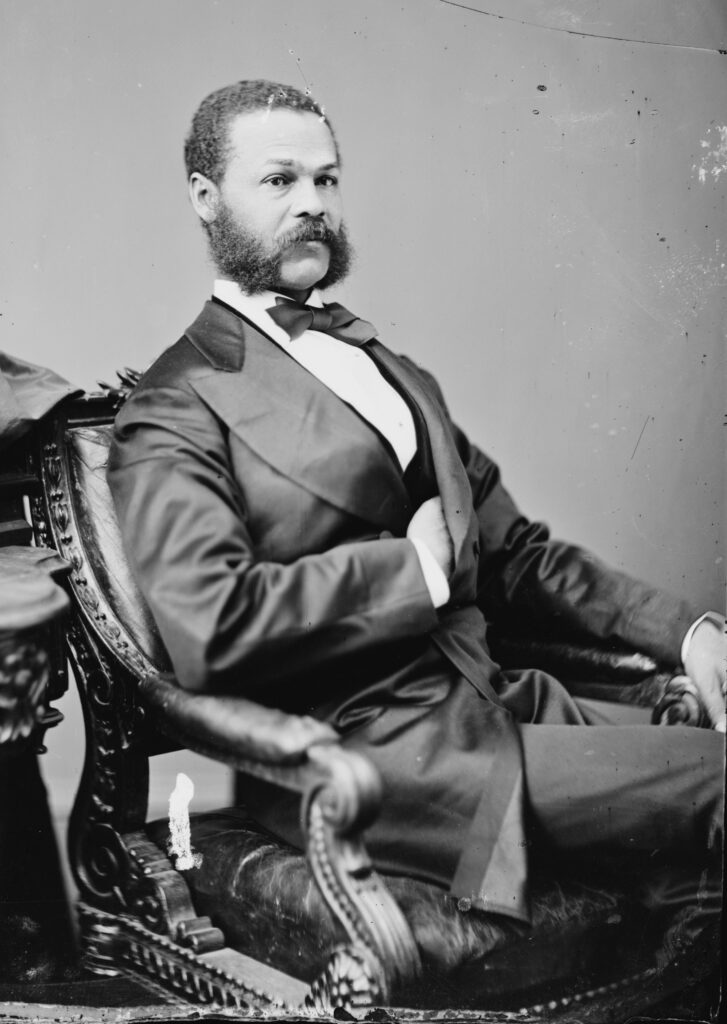
John Stith Pemberton, the inventor of Coca-Cola, was also born in Knoxville. Pemberton was a veteran Confederate lieutenant colonel who served on the first Georgia pharmacy licensing board after the war. His state-of-the-art laboratory for chemical analysis and manufacturing became the first state-run facility to conduct tests of soil and crop chemicals.
Joanna E. Troutman, who designed the first Lone Star flag (later adopted as a major Texas emblem), was born in Crawford County. She presented her flag to the Georgia Battalion, who went to Texas in 1835 to assist Texans in their fight for independence. Although Troutman lived most of her life in Knoxville, her remains were moved to the Texas state cemetery in Austin, where a bronze statue was erected in her honor. A portrait of Troutman also hangs in the Texas State Capitol.
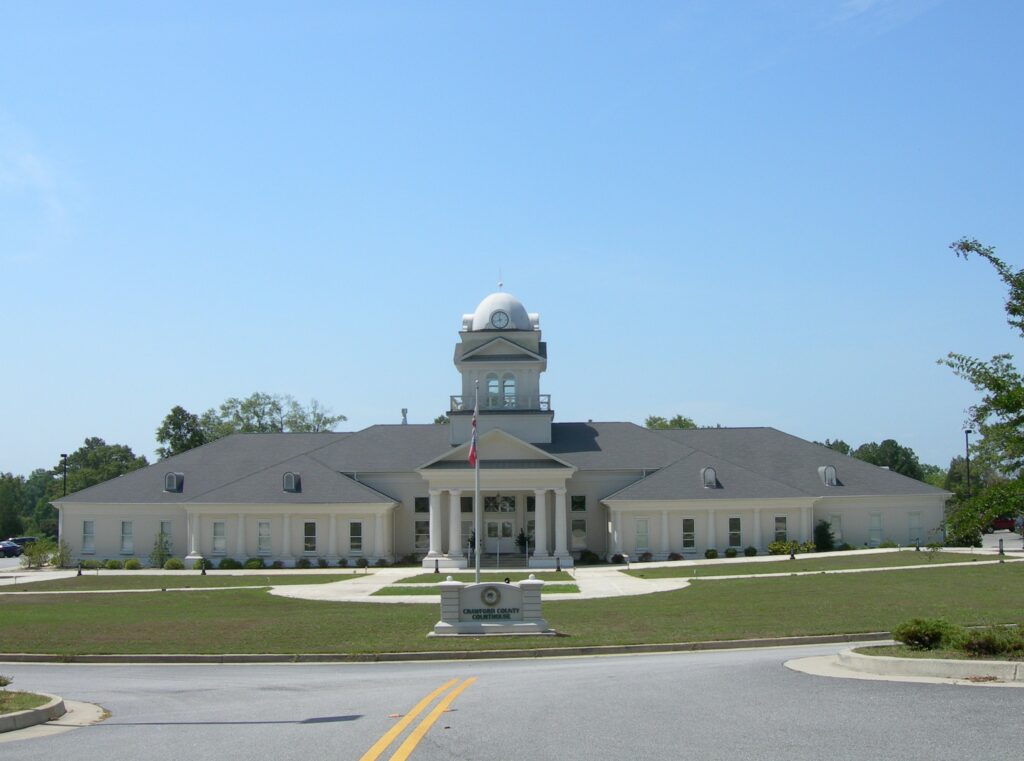
Among places of interest in Knoxville are the Old Jail Museum and the Old Courthouse, which was built in 1851 and houses documents and local history. The Museum of Southeastern Indians, with its collection of Indian artifacts and Appalachian settler history, is in Roberta.
According to the 2020 U.S. census, the county population is 12,130.


